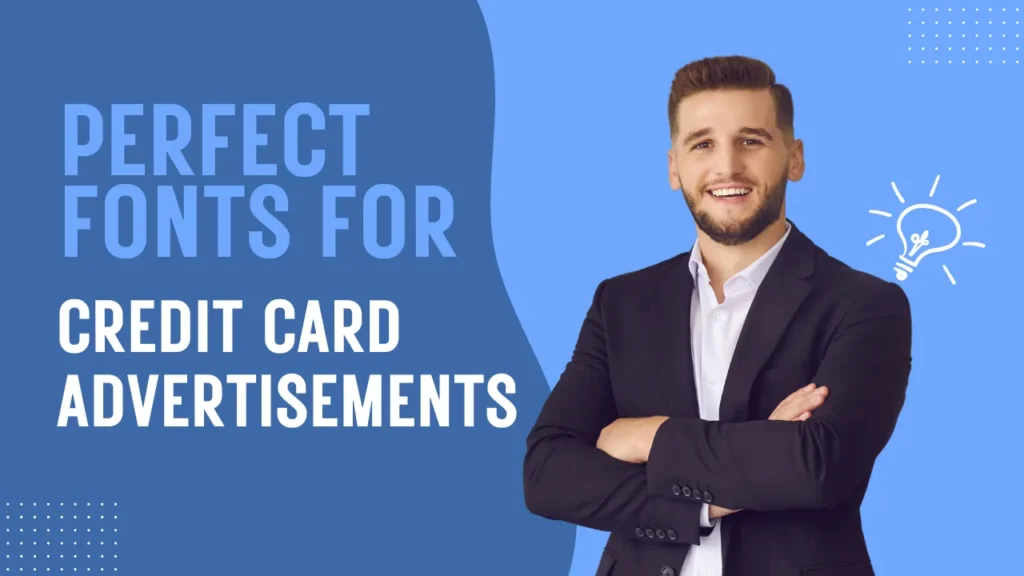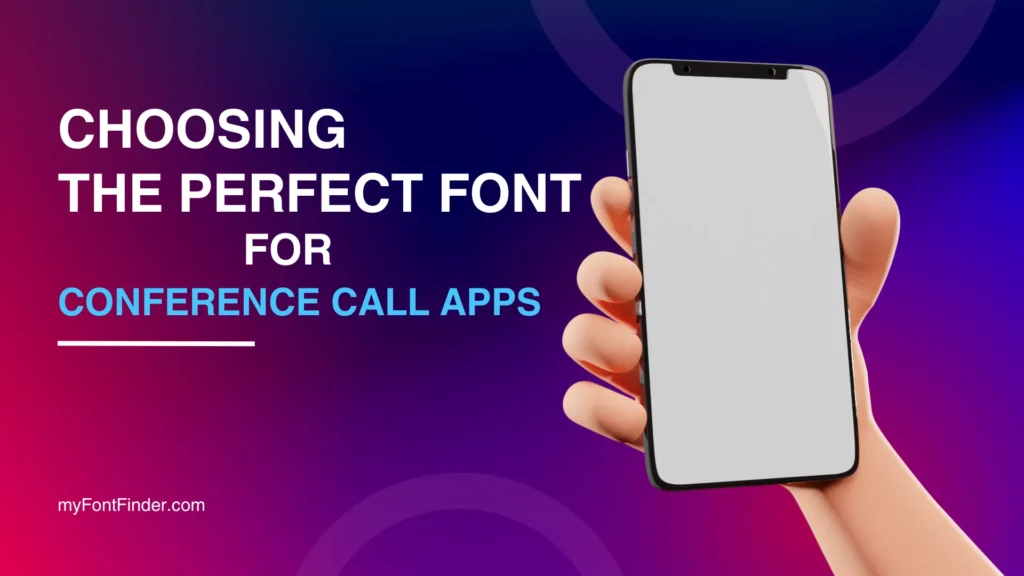Choosing the right font is important for any design. Whether you’re making a brochure, poster, flyer, or business card, the font you use can make a big difference. The right font can grab attention, make text easy to read, and set the right mood.
In this guide, we’ll help you choose the best fonts for brochures, poster fonts, and more to make your designs stand out.
1. Understand Your Design Purpose
Before picking a font, think about the purpose of your design. Are you creating a business brochure, an event poster, or a creative flyer? Each type of design needs a different style of font.
- Professional documents (like business brochures) need clean and modern fonts like Helvetica, Arial, or Times New Roman.
- Event posters should have bold and eye-catching fonts like Impact, Bebas Neue, or Oswald.
- Creative projects (such as party invitations or artistic flyers) can use unique fonts like Brush Script or Pacifico.
2. Choose Readable Fonts
No matter what you design, the font must be easy to read. Avoid overly fancy or decorative fonts for body text. Instead, use simple and clean fonts like Open Sans, Roboto, or Montserrat for the main content.
For headings and titles, you can use stylish fonts, but make sure they are still clear and not too complicated.
3. Use Font Pairing
Using more than one font can make your design look better. A common rule is to pair a serif font (like Georgia) with a sans-serif font (like Lato). Some great font combinations include:
- Lato + Playfair Display (modern and elegant)
- Montserrat + Open Sans (clean and professional)
- Raleway + Roboto (simple and stylish)
4. Consider Font Size and Spacing
Make sure your text is big enough to read, especially for posters and flyers. Titles should be large and bold, while body text should have enough space between lines for easy reading.
- Headlines: At least 24pt or larger
- Subheadings: 16-20pt
- Body text: 10-14pt
5. Use Web-Safe and Print-Friendly Fonts
If your design is for printing, choose fonts that print well and look clear on paper. If it’s for a website or digital content, use web-safe fonts like Arial, Verdana, or Tahoma to ensure they display correctly on all devices.
6. Match the Font Style to Your Brand
Fonts create a certain feeling. Make sure the font matches your brand or message:
- Luxury brands – Serif fonts like Garamond
- Tech and modern companies – Sans-serif fonts like Futura
- Fun and creative businesses – Handwritten or playful fonts like Dancing Script
7. Best Fonts for Brochures
A brochure is often used for business, marketing, or informational purposes. That’s why the fonts should be clean, professional, and easy to read. Here are some top choices:
- Helvetica – A modern and versatile sans-serif font, great for corporate brochures.
- Garamond – A classic serif font that looks elegant and sophisticated.
- Montserrat – A stylish sans-serif font perfect for modern designs.
- Lato – A clean and friendly font that is easy to read.
- Open Sans – A widely used font that works well for brochures with a lot of text.
Tips for Choosing Brochure Fonts:
✅ Use a combination of a serif and sans-serif font for a balanced look.
✅ Keep the body text size between 10-14pt for better readability.
✅ Use bold fonts for headings to make key points stand out.
8. Best Poster Fonts to Grab Attention
Posters need to be eye-catching, so the fonts should be bold, stylish, and easy to read from a distance. Here are some of the best fonts for poster design:
- Impact – A strong and bold font that grabs attention.
- Bebas Neue – A modern sans-serif font, perfect for headlines.
- Oswald – A stylish font that works well for both text and titles.
- Anton – A bold font that is great for posters with strong messages.
- Playfair Display – A classic and elegant font for premium poster designs.
Tips for Choosing Poster Fonts:
✅ Use large font sizes (24pt or more) for titles.
✅ Keep text short and avoid using too many different fonts.
✅ Make sure the font color contrasts well with the background for visibility.
Choosing the right font is essential for brochures, posters, and other designs. Use clean fonts for brochures and bold fonts for posters to create the best impact. Focus on readability, font pairing, and font size to make your designs look professional and appealing.
If you need help finding fonts, try a free online font finder to identify and select the best fonts for your project.












